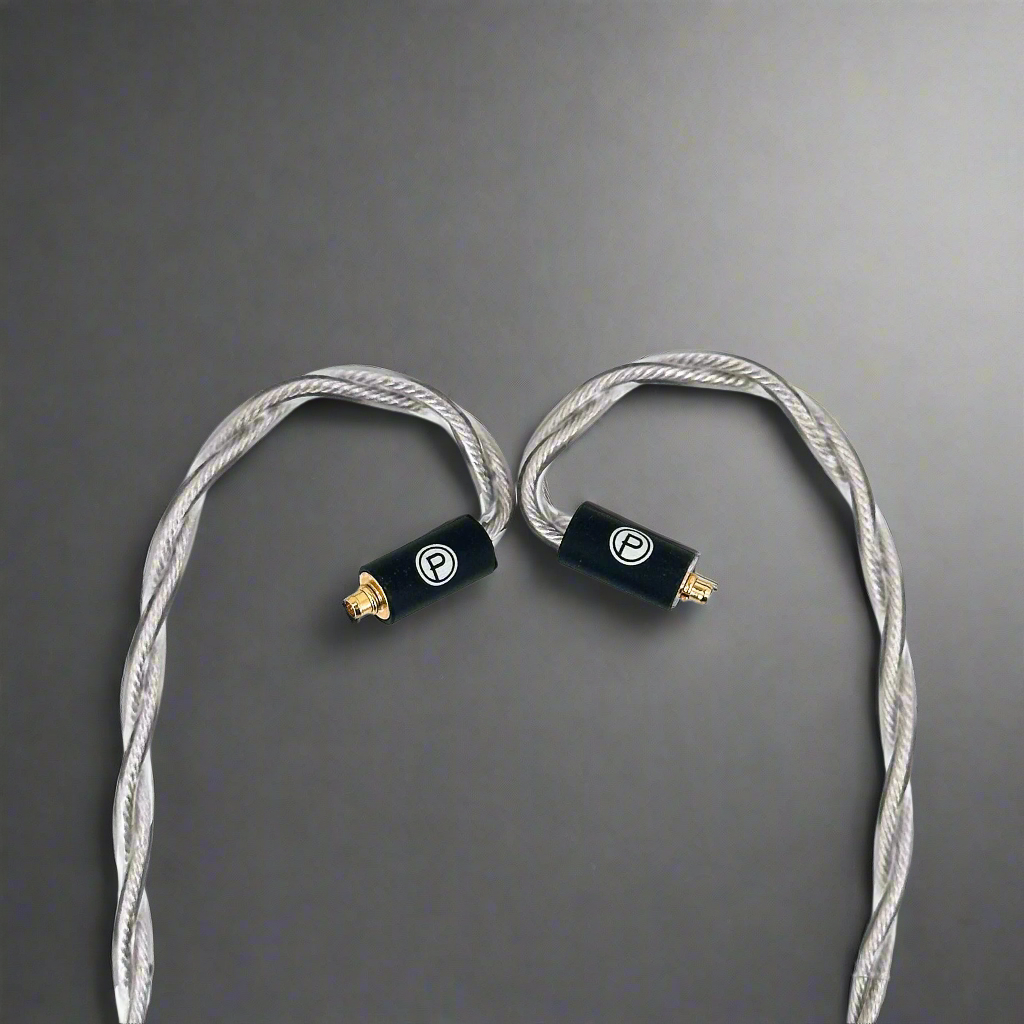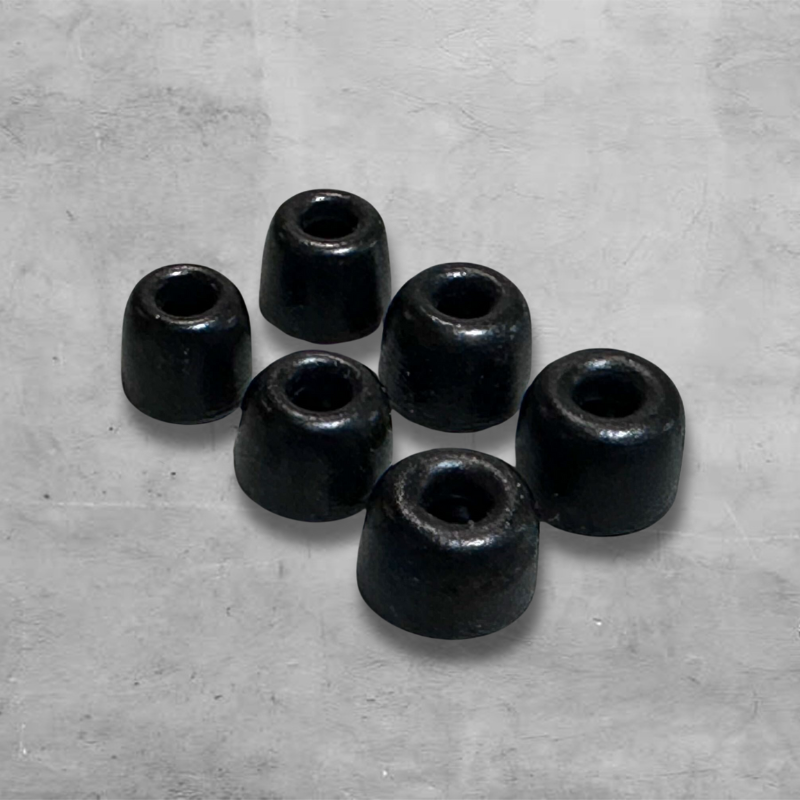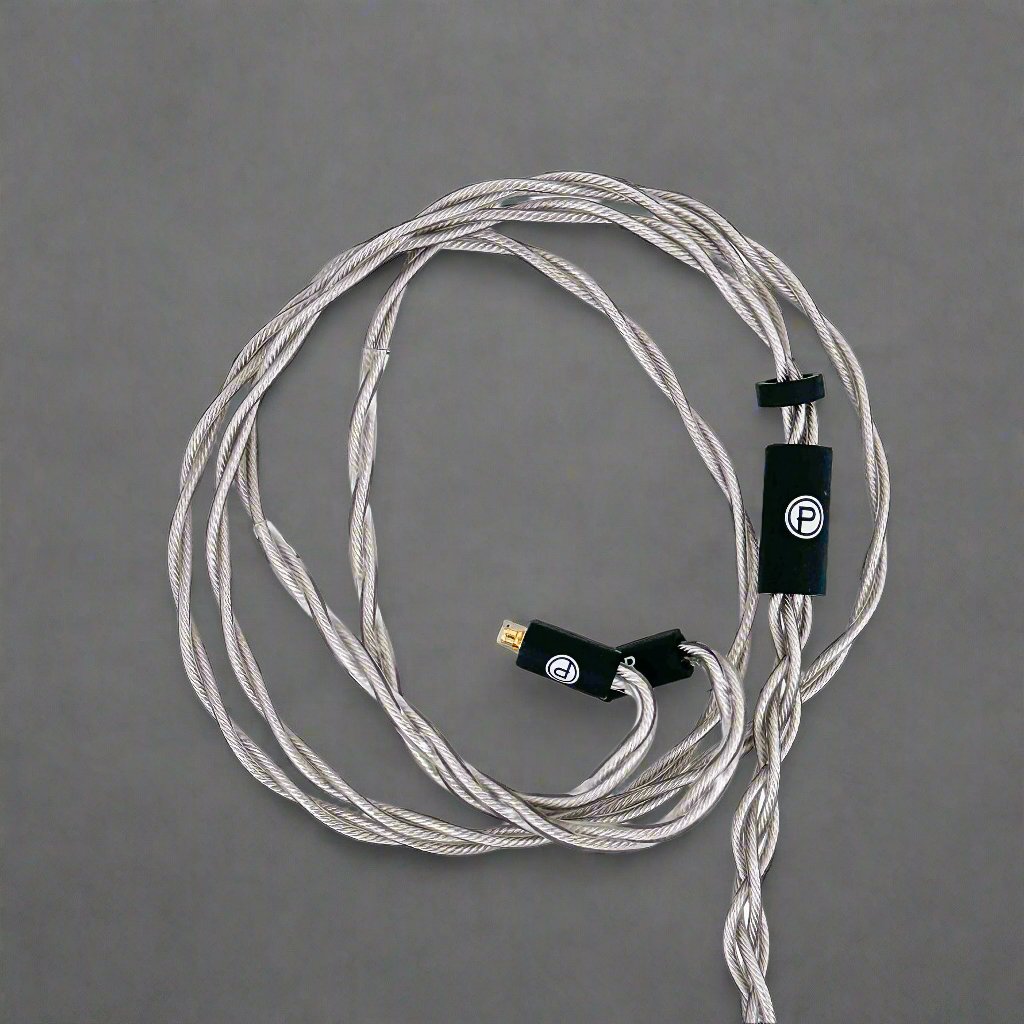In-ear monitors have become increasingly popular among audiophiles and professional musicians because they offer unmatched listening experiences. However, IEMs do not determine the actual performance solely; the audio cables connecting the IEMs to the audio source are equally important. With the right IEM cables, you can experience reduced distortion, high clarity, and improved comfort.
Please read the blog post below, which explains the different IEM audio cable types and factors to consider when upgrading your stock audio cable.
Audio Cable Types- Different Options to Choose From!
Here are a few types of audio IEM cables you can choose from;
Copper Cables:
Copper cables are probably the market's most common type of IEM cable. These cables are generally known for adding a touch of warmth to your listening experience. These cables, made from the basic copper material, provide the audio notes with an extra tonal weight while the lower ends get an extra punch so you can experience audio to the fullest. Contrary to other options, these are the most cost-effective and widely available. However, it should be remembered that these don’t cause a significant improvement in sound quality when compared with other options like silver and hybrid cables.
Silver Cables:
One of the top choices for audio enthusiasts, silver cables are more conductive and provide users with a detailed sound experience. Through improved separation between instruments and vocals, silver cables promise to offer a wider soundstage for more immersive experiences. Although these cables provide a faster and cleaner sound presentation, they come at a slightly higher price tag.
Hybrid Cables:
As the name indicates, hybrid cables are crafted with two different materials. The most common hybrid option is a copper and silver mix, which manufacturers make for high-quality sound experiences. With copper and silver mix hybrid cables, you get the best audio, warmth from copper wire, and the liveliness of silver cable combined.
However, audio experiences may differ with hybrid cables because different brands combine different ratios of cable materials.
Gold Cables:
Finally, last on the list are gold cables, which are extremely premium, high-end, and costly. The most common options available in gold cables are gold-plated silver or gold-plated copper cables. These cables are widely known for their lively sound stream and widest soundstage. Gold cables are apparently smoother than silver cables since they offer a punchy response with gold. Being extremely conductive, you may experience detailed sound with superior separation between instruments and vocals—all with gold cables!
What to Look for When Upgrading Your Audio Cable?
-
Material:
Whenever looking for a suitable IEM audio cable, the first thing you can do is choose based on different materials. If you want an affordable option, you may select copper ones. However, if you prioritize a wider soundstage and clarity, you may invest in silver or hybrid cables.
-
Insulation:
Among the most problematic issues with stock cables is the lack of insulation, which introduces sound whenever the stock cable comes in contact with anything. Insulation plays a vital role in protecting your audio signal from external interferences, such as electromagnetic and microphone interference. This insulation also prevents the core material from oxidation, allowing your cable to stay durable for a long time.
-
Thickness of the cable:
A cable's durability is mainly dependent on its core count and build structure. A higher core count means greater thickness, which leads to extra durability and fewer chances of wear and tear.
-
Connectors:
MMCX and 2-pin are among the widely used cable connectors for IEMs. These connectors create a reliable connection between the cable and the IEMs. Higher-quality connectors like MMCX offer better signal transmission, improved durability, and less susceptibility to oxidation.
-
Braided structure:
A braided structure refers to how wires are braided together to form a cable. A better-braided structure means less electromagnetic radiation, minimized interaction between different strands, more precise sound transmission, and superior sound quality. Therefore, always make sure to invest in a cable with a high-quality braided structure.
Invest in IEM Audio Cables that Last Long- Buy from Plunge Audio
If you are looking for ways to improve your IEM’s audio quality, upgrading your cable is one of the best actions you can take. Silver and gold cables tend to offer a detailed sound experience, while copper ones add warmth to the sound quality. Nevertheless, choosing the suitable cable depends on your personal preferences, budget, and preferred sound quality.
If you are looking for a reliable place to find the best quality cables, please head straight to Plunge Audio. As Canada’s most reputable IEM maker and related accessories provider, Plunge Audio stays one step ahead in offering products that set a new benchmark for all your listening experiences. Our top-quality IEM cables include 50” MMCX and 72” MMCX cables.
Some of the specifications for our 50” MMCX Cable include;
- MMCX connectors
- Conductor: Type 2 Litz, 5N Silver Plated Copper LC-OFC
- Specification: 49*0.05mm, ~24.5AWG, PVC RoHs Jacket, four wire braided, 3.5mm TRS with MMCX
- Approx. 1.3m / 51" length
Plunge Audio also offers a 72” MMCX Cable which features;
- MCX connectors
- Conductor: Litz 5N OCC copper,
- Specification: 63*0.05mm, 25AWG, PVC RoHs Jacket, eight wires weaved, 3.5mm TRS with MMCX
- OCC purity: 99.999%
- 1.83m / 72" length
Frequently Asked Questions :
- Do different cables matter for IEMs?
Yes, definitely. Different IEM cables come with different features. High-quality cables like silver ones improve longevity and durability, ensuring your investment goes a long way.
2. Why do the majority of IEMs have braided cables?
Most IEMs have braided cables because the braided structure adds to the durability factor, giving the cable more strength and protecting it from wear and tear from regular use.
3.What are the most common IEM cable connectors used?
The most common types of IEM cable connectors are MMCX and 2-pin, which are known for their durability and secure fit.



